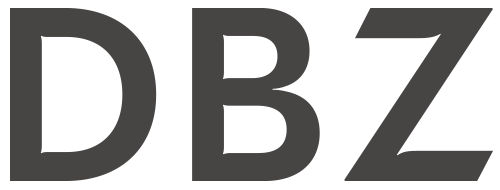Fixing Poor Utilisation.
PART 6 — What if you’ve inherited a mess or need to optimise?
Many of the tips and approaches outlined already can be applied to reset or address issues with existing implementations. The same principles of due diligence apply – you need to revisit plans, assess current resources and skills aligned to capabilities thoroughly before setting out on a new path.
4 fundamentals of poor on-going utilisation…
We’ve identified four fundamentals that lead to existing Martech implementations feeling like an underutilisation hot mess:
Strategic misalignment – organisations don’t stand still and it is usual for them to evolve, changing expectations on the ability for technology to support them. The two biggies that can drive a shift in Martech demands are 1) Data analytics improvement possibilities that can’t be realised and 2) Consumer behaviour changes leading to increased expectations on how technology should be able to serve their needs.
Poor foundational implementation – the technology was either incomplete or poorly implemented to begin with. Teams grapple to use the technology and never realise the initial value or promises of the business case.
Poor optimisation – the technology remained static and was not optimised against emerging use cases. Again, teams end up fighting with technology and are unable to meet organisational needs.
Shift in operating model (including skills) – the operating model has either shifted or the resources and skills are not aligned to the needs of the technology. Even if you resource up correctly, on-going training is overlooked leading to teams hitting a self-imposed limit of utilisation.
…and their solutions!
Align technology to strategy.
Technology should service the needs of the business and, as neither business nor technology remain static, it’s important to regularly assess investment in capabilities against the overall business strategy.
Common examples of this occur in areas like the retail sector where the shift to omni-channel placed specific demands on Martech that many ‘stacks’ couldn’t meet.
This leads back to the importance of developing clear and specific strategies on technology that are well understood by all stakeholders.
Fix poor implementation.
You know what they say about houses built on sand! And it’s true, when it comes to technology it’s important to resolve issues from the foundations up.
Diagnose and understand what has gone wrong and make the necessary investment to resolve the problems. If you’re looking for a good place to start, prioritisation on what drives direct customer return is a useful anchor in improving utilisation.
IF YOU’RE LOOKING FOR A GOOD PLACE TO START, PRIORITISATION ON WHAT DRIVES DIRECT CUSTOMER RETURN IS A USEFUL ANCHOR IN IMPROVING UTILISATION
Develop an optimisation plan.
Optimisation comes in many forms – from increased automation to additional or better data availability, improved skills (alignment into people), adoption of newly emerging features and functionality or improving supporting aspects (such as analytics) that enable better decision making.
Optimisation activities are not set-and-forget – they’re tasks that need to be performed on a regular basis – which is best done by developing a formal plan. If that plan can link back to the business’s strategic plan (answering everyone’s guiding ‘why’) it will be more likely to be supported in the right places.
Ensure skills, people and processes are in place.
One of the common impacts on utilisation within existing environments ultimately boils down to people – how they are organised, their skills and the processes they use to do their work. Skills can stay static too – the pressures of execution and repeating known processes can limit utilisation as people do what they have always done.
Being trained and skilled on a platform ensures proper operation, leading to improved utilisation – and training and skills development is too often overlooked. Undertaking an assessment of current skills levels and gaps within operating teams is important.
Onboarding and offboarding is also vital – if prior knowledge is not retained and new staff are not sufficiently provided handover, it can lead to work arounds or poor practices infiltrating process over time. Making knowledge management and documentation part of your culture is crucial in continuing to elevate everyone to be evangelising best practice.
IF PRIOR KNOWLEDGE IS NOT RETAINED AND NEW STAFF ARE NOT SUFFICIENTLY PROVIDED HANDOVER, IT CAN LEAD TO WORKAROUNDS OR POOR PRACTICES INFILTRATING PROCESS OVER TIME
Parting thoughts…
Fixing utilisation can feel like ‘a lot’ but the lesson is, it’s not if you’re consistent in your approach to it and all its many moving parts. There’s seldom a single root cause of poor utilisation – instead, incrementally improving all aspects of a technology eco-system is what will lead to the major gains in utilisation that you are looking for.

